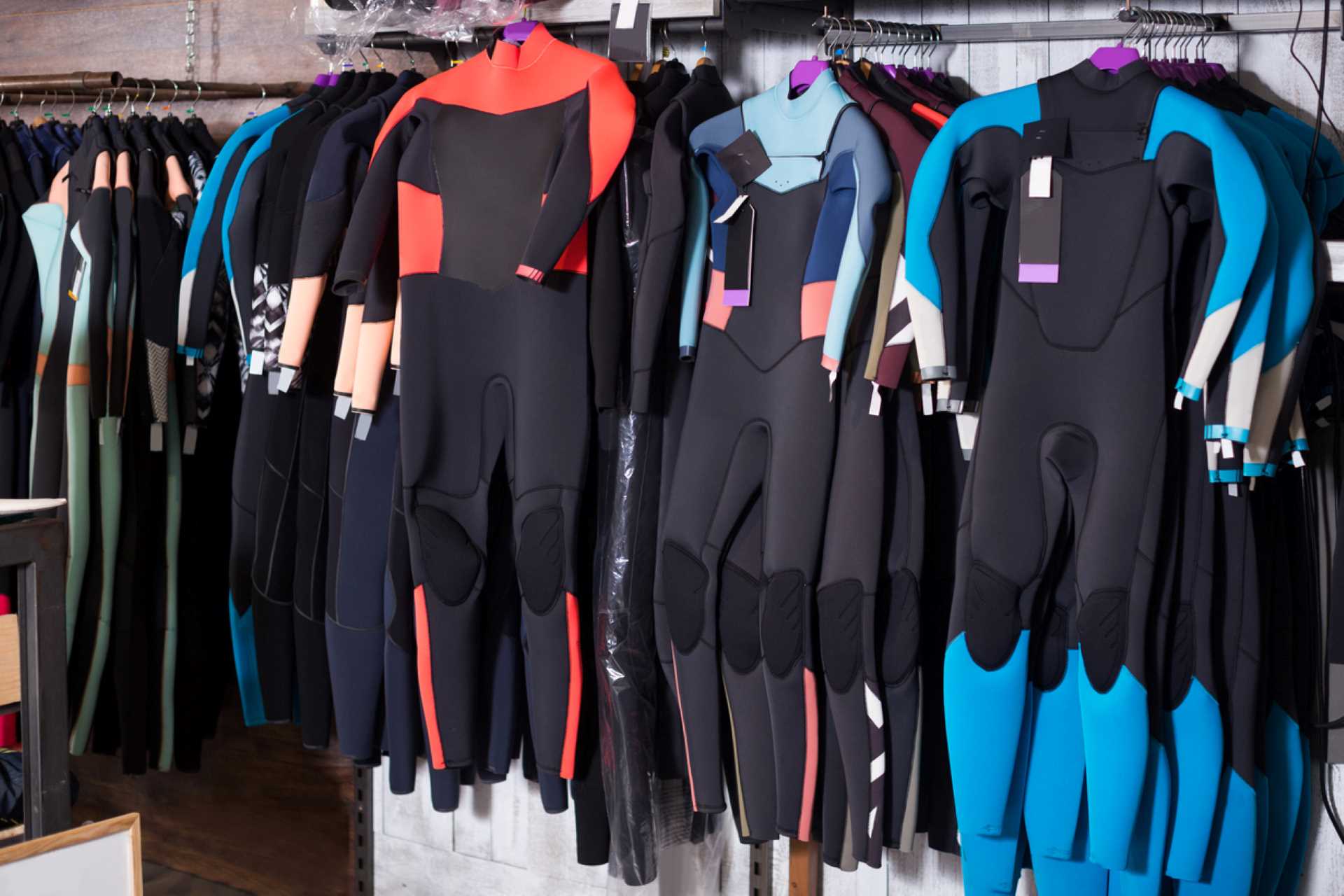
Even if you haven’t dived for a while, never neglect your scuba diving equipment. There are quite a few bad things that can happen to your dive equipment when it’s stored incorrectly. In the worst case scenario, it can be fatal with some divers over the years dying from using equipment that has been poorly stored. It’s very rare, but it can happen. You want to make sure you’re doing everything you can to keep your scuba diving equipment safe. Here’s how to store your scuba diving gear properly.
Regulators

Washing and cleaning our regulators is something we must do. Otherwise, they are going to be full of verdigris, salt, and other gunk that will become a hindrance. Regulators need more than a short spray with the hose. Take the time to get in there with a brush and get into all the nooks and crannies. Make sure you wash everywhere thoroughly with fresh soapy water, just not inside the first stage or hoses. Cover up that first stage inlet, and be sure not to push the purge button when washing your regs.
If the hose on your regulator is bent too much for too long, it will start to crack. Once this happens, it can start to fray and will eventually fail. Store your regulators as flat as possible but try not to coil them up too much in one specific area.
Regulators perform at their best when they’re used ever so often. Do your best to take them on a dive at least once a month. If the mechanism doesn’t move for too long, the soft sealing parts can harden and become brittle, eventually cracking. If you can find access to a pool to use your regs every now and then, it’s a big help.
Cylinders

Tanks are often seen as strong and tough customers. However, they can be stored incorrectly, and the consequences can prove to be devastating. The best way to store a cylinder is with about ten or twenty bar of pressure inside upright, in a cool dark place. If you take a cylinder with 200 bar of pressure at room temperature and then leave it in the sun for half an hour, the pressure will increase. If this happens too much, the cycle of hot and cold is bad for the integrity of the tank.
Tanks should also be stored for long periods near-empty too. Never completely empty, because that’s how moisture will get in. Completely full, on the flip side, accelerates any corrosion inside. If the metal on the inside of the tank starts to oxidise, it will use up some of the oxygen in the tank. In freak cases, this has produced carbon monoxide which can be extremely dangerous for divers.
For long periods without use, it’s best to fill your tank with fresh air and store it upright. This is because laying them down flat will see contaminants build up and collect at the lowest point and corrode the tank. The walls are by far the weak point, and the bottom is the strongest part of the tank, so it’s best to keep it upright and curb any corrosion.


